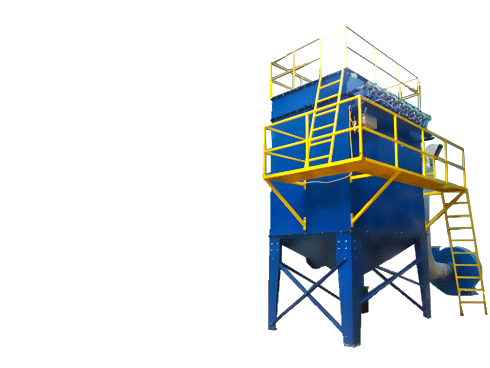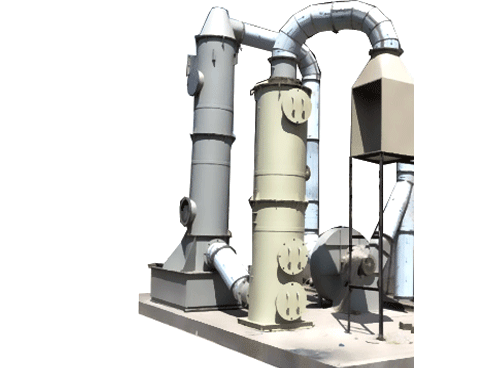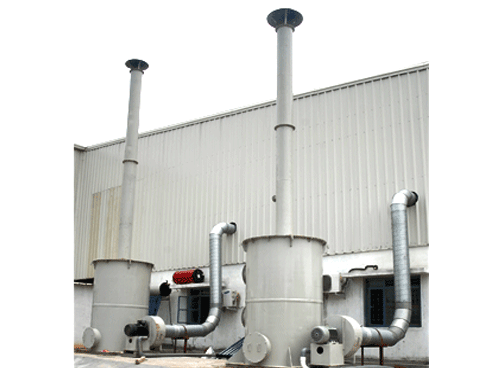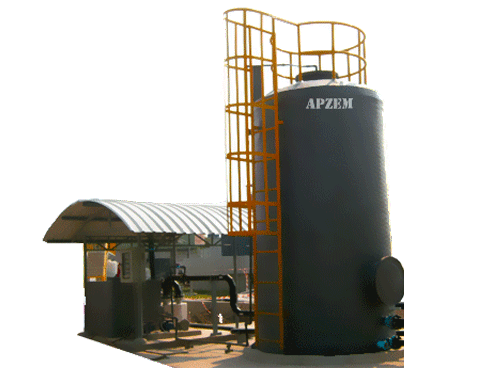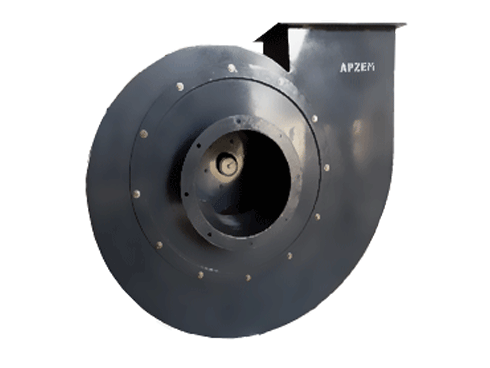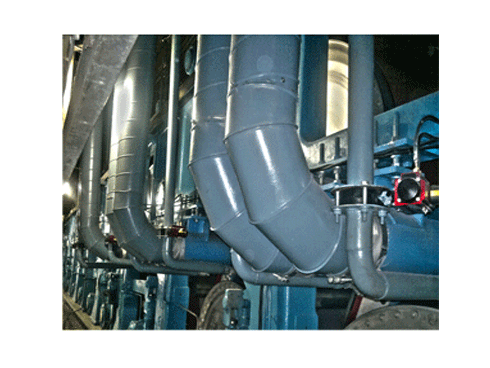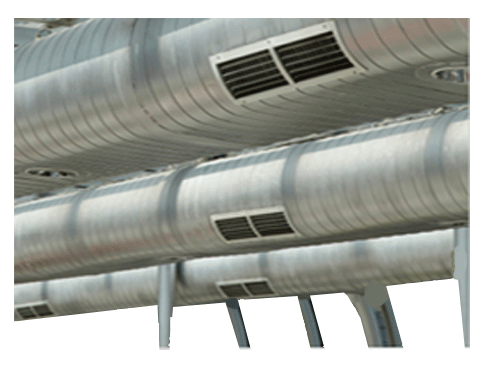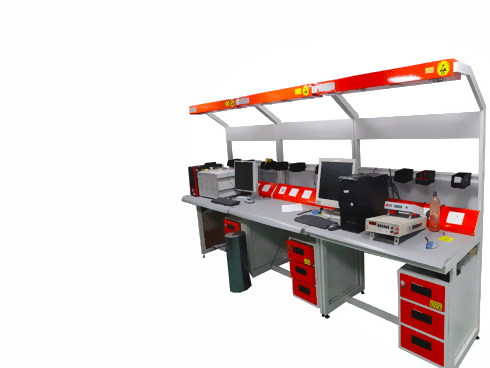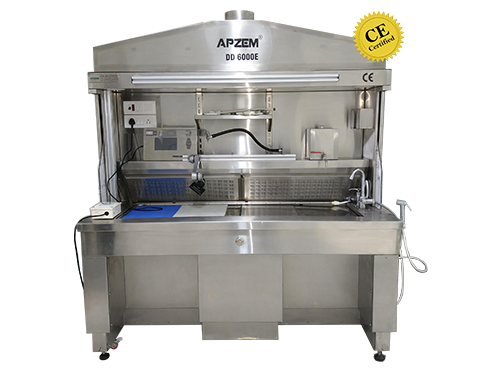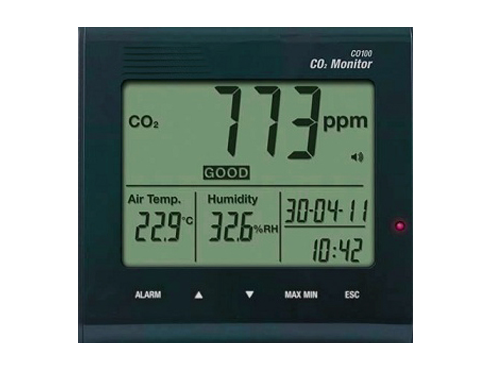Air pollution in asia real time air quality index visual map
Air pollution in asia real time air quality index visual map
Free real-time Air Pollution information - for more than 60 countries in the WorldAir pollution is the introduction of particulates, biological molecules, or other harmful materials into Earth's atmosphere, causing disease, death to humans, damage. Air pollution is the fifth leading cause of death in India after high blood pressure, indoor air pollution, tobacco smoking and poor nutrition, with about 620,000 premature deaths occurring from air pollution-related diseases. Like China, India faces an unprecedented public health crisis due to air pollution, the Centre for Science and Environment's (CSE) analysis of government data and the Global Burden of Disease report's data on India has shown.
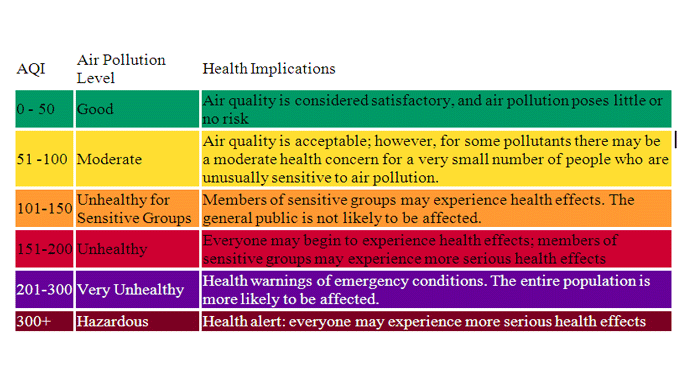
There has been shocking increase in global death toll due to outdoor air pollution. According to the latest tally, air pollution causes 3.2 million deaths each year worldwide. This has increased from 800,000, last estimated by GBD in 2000—a whopping 300 per cent increase. In 2000, GBD assessments had reported a much smaller air pollution-related burden of disease. The new estimates of particulate air pollution are based on ground-level measurements, satellite remote sensing and global chemical transport models to capture population exposure. Air pollution is amongst the top 10 killers in the world. In South Asia, air pollution has been ranked just below blood pressure, tobacco smoking, indoor air pollution, poor intake of fruits and diabetes. This is scary as outdoor air pollution is a leveller that makes everyone—rich and the poor—vulnerable. Two-thirds of the death burden from outdoor air pollution occurs in developing Asia, including India. The new GBD estimates over 2.1 million premature deaths and 52 million years of healthy life lost in 2010 due to fine particle air pollution in Asia, which is two-thirds of the burden worldwide. Killer outdoor air contributes to 1.2 million deaths in East Asia which is in throes of high level of economic growth and motorization and 712,000 deaths in South Asia (including India) which is at the take-off stage. This is much higher than the combined toll of 400,000 in the 27 EU countries, Eastern Europe, and Russia. There is hard evidence now to act urgently to reduce the public health risks to all, particularly children, elderly, and the poor. No one can escape toxic air. India will have to take aggressive action to reverse the trend of short-term respiratory and cardiac effects as well as the long-term cancer and other metabolic and cellular effects. Toxic effects like cancer surface after a long latency period. Therefore, exposure to air pollution will have to be reduced today to reduce the burden of diseases. The government must account for health cost in decision making. Valuation of acute and chronic illnesses must be linked to decision on air pollution control measures. The time has come to make national ambient air quality standards legally binding in all regions. The national air quality planning and city action plans need a road map for each source of pollution and aggressive measures. Impose penalty on cities if air quality standards are violated. Critically polluted areas need stringent implementation plans. At the same time install public information system on daily air quality with health advisories and implement smog alert and pollution emergencies measures Warning that vehicular pollution will continue to be the most important reason for concern in coming years as cities grow and get more densely populated, CSE has advocated that the National Ambient Air Quality Standards should be made legally binding. It has criticized the new Auto Fuel Policy Committee that is to set the benchmarks for up to 2025 for fuel quality used by vehicles. It has warned that the committee is not mandated to link the fuel standards to air pollution levels and keep public health as a parameter when setting the schedule for improvement in technology.



